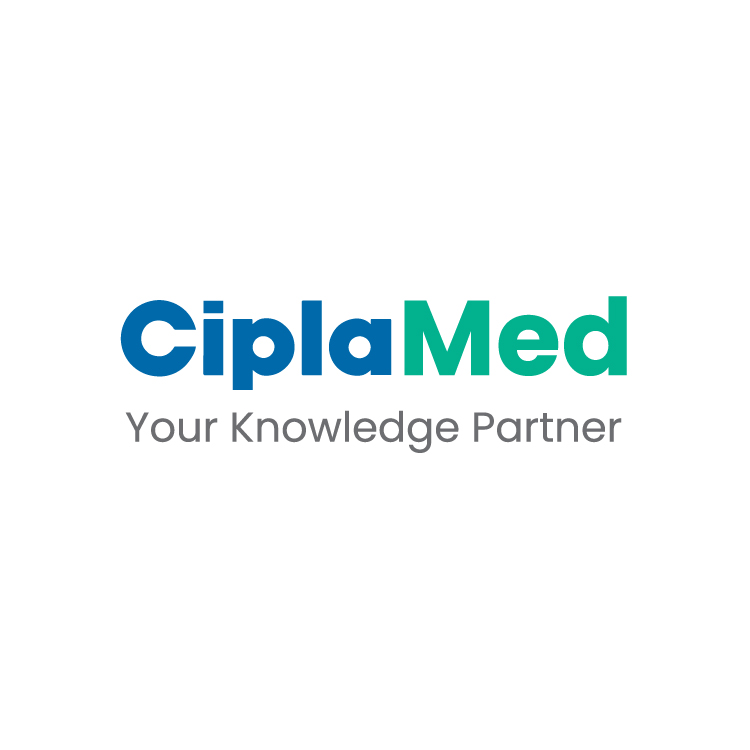Speakers: Dr. Yoav Keynan, Dr Elisa Cordero Matia
Introduction
The session presented major studies from 2024 on infectious diseases, highlighting advancements in antimicrobial therapy optimization, stewardship strategies, prevention approaches, and emerging pathogens.
Key Findings:
Antimicrobial Therapy Optimisation:
-
Oral vs. IV Therapy in Community-Acquired Pneumonia: Oral beta-lactam therapy was found to be as effective as IV therapy in non-severe community-acquired pneumonia (CAP) among selected hospitalized patients. However, concerns remained due to high rates of misdiagnosis and undetected etiology in CAP cases.
-
BLING III Trial: No mortality difference was observed between continuous and intermittent beta-lactam administration. Continuous infusion was associated with a higher clinical cure rate at day 14.
-
SIMPLIFY Trial: De-escalation from anti-pseudomonal beta-lactams to narrower agents in Enterobacteriaceae bacteremia was found to be safe, with similar cure rates and reduced colonization by multidrug-resistant organisms.
-
BALANCE Trial: A 7-day antibiotic course was non-inferior to 14-day regimens in bloodstream infections, with comparable mortality and relapse. Staphylococcus aureus bacteremia was excluded in the trial.
-
Biomarker-Guided Therapy: Procalcitonin-guided therapy led to a modest reduction in antibiotic duration (~0.88 days) without affecting mortality in suspected sepsis. C-reactive protein (CRP) was found to be less reliable.
-
Short-Course Therapy for Ventilator-Associated Pneumonia: An individualized 6-day course showed comparable efficacy to 14-day, with fewer adverse effects and earlier discontinuation.
Preventive Strategies:
-
Doxycycline post-exposure prophylaxis (PEP) and Meningococcal B Vaccine for sexually transmitted infections (STI) Prevention: Among men who have sex with men (MSM), doxycycline post-exposure prophylaxis (DoxyPEP) reduced syphilis and Chlamydia trachomatis incidence by 83% (from 53.2 to 9.8/100 person-years). The Meningococcal B vaccine showed a non-significant 22% reduction. Findings may have limited generalizability.
-
Lenacapavir for HIV Prevention: Twice-yearly injectable subcutaneous lenacapavir prevented new HIV infections over 12 months among cisgender women in Uganda and South Africa, surpassing daily oral pre-exposure prophylaxis (PrEP).
Emerging and Re-Emerging Infections:
-
Oropouche Virus Outbreak in Brazil: An outbreak of Oropouche virus (M1-L2-S2 genotype) reported across Amazonian regions, driven by reassortment between eastern and southern strains and correlated with La Niña-related flooding. Transmission occurred via Culicoides midges.
-
Blastomycosis Outbreak in Michigan: The largest U.S. outbreak of blastomycosis occurred in a paper mill, marked by frequent diagnostic delays and misdiagnosis. Diabetes was associated with higher hospitalization risk, and most patients received antibiotics before fungal infection was diagnosed.
Oral Therapy for Bacteremia:
-
SABATO Trial: In low-risk Staphylococcus aureus bacteremia (primarily methicillin-sensitive S. aureus), switching to oral antibiotics, mainly trimethoprim-sulfamethoxazole (TMP-SMX), was non-inferior to continued IV treatment for relapse, deep infection, or death in both intention-to-treat (ITT) and per-protocol analyses. A slightly lower 90-day survival was noted in the oral group.
-
Gram-Negative Bacteremia in Solid Organ Transplant Recipients: Oral therapy showed similar outcomes to IV therapy but resulted in shorter hospital stays and fewer Clostridium difficile infections in solid organ transplant recipients with gram-negative bloodstream infections (E. coli and Klebsiella from UTIs). Randomized trials are warranted.
-
BTR Trial: Extended vs. standard beta-lactam infusion in febrile neutropenia and hematologic malignancies showed no difference in 5-day treatment success or secondary endpoints. While extended infusion improved pharmacokinetic/pharmacodynamic target attainment, especially for pathogens like Pseudomonas aeruginosa, clinical outcomes were similar. Larger trials are needed.
Novel Treatments for Complex Infections:
-
Nix-TB Trial: Four 9-month oral regimens were evaluated against 18-24 the months WHO-recommended standard for drug-resistant TB. Regimens with bedaquiline demonstrated non-inferiority (>85% favorable outcomes at week 73), while those without bedaquiline did not. Adverse event rates were similar across groups, though hepatotoxicity appeared slightly higher in most experimental arms. WHO endorsed 9-month oral regimens in June 2024.
-
MULTIBENZ Phase II Trial (Chagas Disease): Three benznidazole regimens —low-dose (100 mg/day × 60 days), short-course (400mg/day × 15 days), and standard (300 mg/day × 60 days)—showed comparable parasitological response at 12 months. Skin reactions were more frequent with standard dosing. Short courses preserved efficacy while improving tolerability.
-
ACCESS Phase III Trial: Oral clarithromycin added to beta-lactam therapy improved early clinical response (day 4) and reduced early sepsis progression in patients with severe CAP. No mortality benefit was seen at 29 or 90 days, although post-hoc analysis suggested lower end-of-treatment mortality with clarithromycin.
Other Infections:
-
HIV-Positive Donor Kidney Transplants: No difference in composite outcomes (death, graft loss, HIV breakthrough, opportunistic infections) was found between HIV+ donor and HIV- donor kidneys in HIV+ recipients. HIV breakthrough infections were 3 times more frequent in the HIV+ donor group but resolved without complications.
-
RSV in Hospitalized Patients: Despite lower incidence than COVID-19 and influenza, RSV hospitalizations were associated with more severe outcomes (12% invasive ventilation or death) compared to vaccinated COVID-19 and influenza patients and similar to unvaccinated cases.
-
Human H5N1 Avian Influenza (US Cases): Most cases reported between March and October 2024 presented with mild conjunctivitis and were linked to animal exposure. No human-to-human transmission was identified. Conjunctival swabs had the highest sensitivity.
-
Invasive Fungal Infections in Hematology Patients: A review of 176 cases described moulds accounting for 77% (notably non-fumigatus Aspergillus and Mucorales) despite posaconazole/voriconazole prophylaxis. Aspergillosis, mucormycosis, candidiasis, and fusariosis were most common. Only one-third of cases had identifiable causes (antifungal resistance or suboptimal drug levels), and mortality reached 35%.
Conclusion:
These updates underscore a paradigm shift toward shorter, more targeted, and individualized antimicrobial therapies without compromising efficacy. These findings offer evidence-based strategies to enhance infection management, antimicrobial stewardship, and disease prevention.
ESCMID Global, 11–15 April 2025, Vienna


